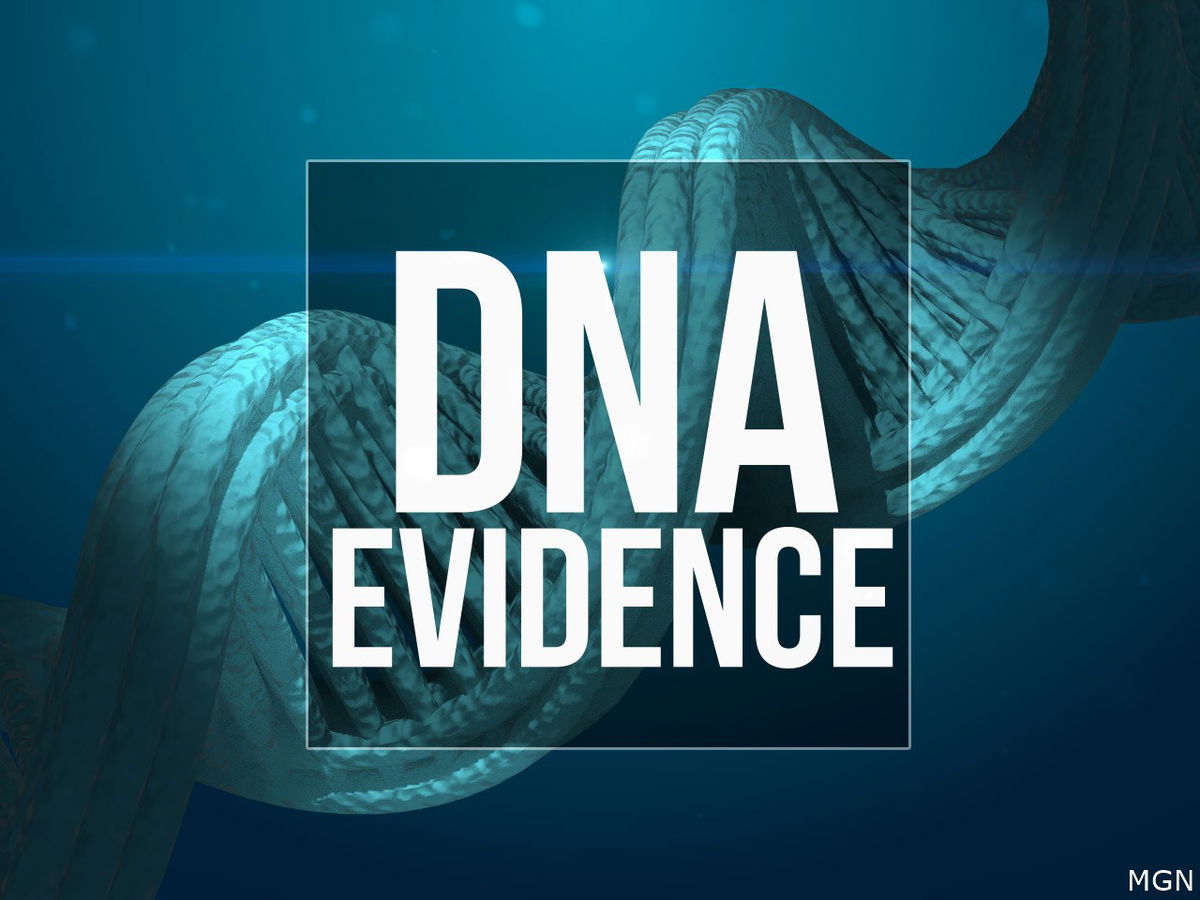New evidence upends contentious Easter Island theory, scientists say

By Katie Hunt, CNN
(CNN) — Rapa Nui, also known as Easter Island, never experienced a ruinous population collapse, according to an analysis of ancient DNA from 15 former inhabitants of the remote island in the Pacific Ocean.
The analysis also suggested that inhabitants of the island, which lies about 3,700 kilometers (2,300 miles) from the South American mainland, reached the Americas in the 1300s — long before Christopher Columbus’ 1492 landing in the New World.
Settled by Polynesian seafarers 800 years ago, Rapa Nui, today part of Chile, has hundreds of monumental stone heads that echo of the past. The island has long been a place of intrigue.
Some experts, such as geographer Jared Diamond in his 2005 book, “Collapse,” used Easter Island as a cautionary tale of how the exploitation of limited resources can result in catastrophic population decline, ecological devastation and the destruction of a society through infighting.
But that theory remains contentious, and other archaeological evidence suggests that Rapa Nui was home to a small but sustainable society.
The new analysis marks the first time scientists have used ancient DNA to address the question of whether Easter Island saw a self-inflicted societal collapse, helping to shed light on its mysterious past.
Easter Island genomes
To investigate Rapa Nui’s history further, researchers sequenced the genomes of 15 former residents who lived on the island during the past 400 years. The remains are stored at the Musée de l’Homme, or Museum of Mankind, in Paris, which is part of the French National Museum of Natural History.
The researchers found no evidence of a genetic bottleneck corresponding to a steep drop in population, according to the study that published Wednesday in the scientific journal Nature.
Instead, the island was home to a small population that steadily increased in size until the 1860s, the analysis suggested. At this point, the study noted, slave raiders from Peru forcibly removed one-third of the island’s population.
“There is definitely not a strong population collapse, like it has been argued, a population collapse where 80% of the population or 90% of the population died,” said study coauthor J. Víctor Moreno-Mayar, an assistant professor of geogenetics at the University of Copenhagen’s Globe Institute in Denmark.
The genomes also revealed that the Easter Islanders had exchanged genes with a Native American population, suggesting that the inhabitants crossed the ocean to South America somewhere between 1250 and 1430, ahead of Columbus’ arrival in the Americas — and well before Europeans reached Rapa Nui in 1722.
Around 6% to 11% of the individuals’ genomes can be traced to coastal South American ancestors, the study found, and the team’s analysis provided information about when these two groups met and had offspring. The authors estimated it took place 15 to 17 generations before that of the individuals studied.
Polynesian seafarers
The finding is not totally surprising. Oral histories and analysis of the DNA of present-day islanders suggested such ancestry, and remains of sweet potato, an import from South America, have been found on the island predating European contact, Moreno-Mayar said.
Some experts, and the wider public, have been reluctant to let go of cataclysmic stories about Easter Island, said Lisa Matisoo-Smith, a professor of biological anthropology at New Zealand’s University of Otago.
But the ancient genomes add to a growing body of evidence that the idea of a self-inflicted population collapse on Easter Island is a false narrative, said Matisoo-Smith, who wasn’t involved in the study.
“We know that the original Polynesian voyagers who discovered and settled Rapa Nui at least 800 years ago were among the greatest navigators and voyagers in the world,” she said in a statement shared by New Zealand’s Science Media Centre.
“Their ancestors had spent at least 3000 years living in an Oceanic environment. They sailed eastwards across thousands of kilometres of open ocean and found almost all habitable islands across the vast Pacific. It would be more surprising if they had not reached the coast of South America. These results do provide some intriguing evidence of the timing of that contact.”
Matisoo-Smith noted that scholars based in Pacific regions had questioned the narrative of ecocide and society collapse based on a range of archaeological evidence.
“But now, we finally have ancient DNA evidence that directly addresses these two questions and perhaps will allow us to focus on a more realistic narrative of the history of this intriguing, yet actually rather typical, Polynesian island,” she said.
A study published in June, based on satellite imagery of land once used to grow food, reached a similar conclusion.
DNA analysis of human remains
The human remains used in the new DNA analysis had been collected by French scholar Alphonse Pinart in 1877 and Swiss anthropologist Alfred Métraux in 1935, according to the latest study, which cited museum archives.
Under what circumstances the remains were taken isn’t clear, the study said, but they were part of a wider trend of collecting from colonized regions during the late 19th and early 20th centuries.
The research team worked with Rapa Nui communities and government institutions to obtain consent for the study. The scientists said they hoped the results would help facilitate repatriation of the remains so that the individuals could be laid to rest on the island.
The-CNN-Wire
™ & © 2024 Cable News Network, Inc., a Warner Bros. Discovery Company. All rights reserved.

